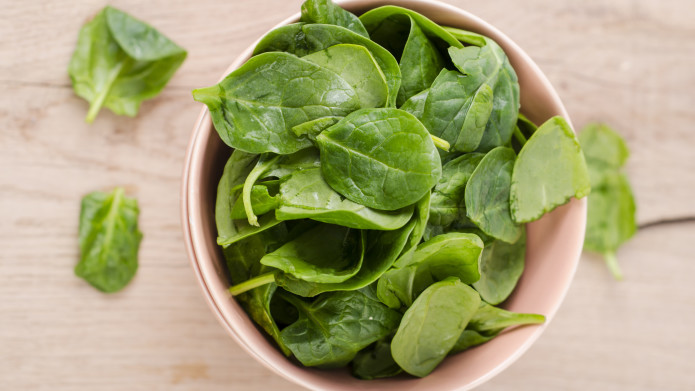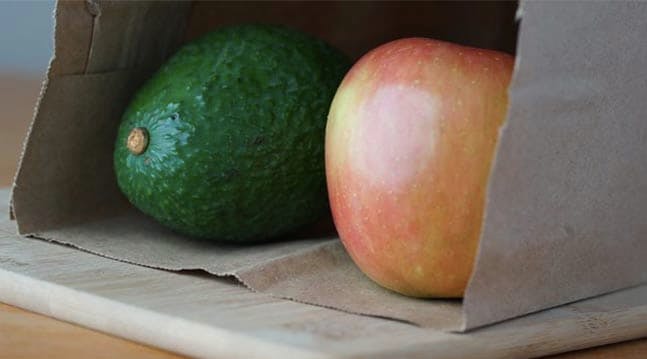10 Tips for Healthy Grocery Shopping

Woman shopping for organic groceries.
Good nutrition starts with smart choices in the grocery store. Cooking up healthy meals is a challenge if you don’t have the right ingredients in your kitchen.
But who has time to read all the food labels and figure out which items are the most nutritious and the best buys? Grocery shopping can be a daunting task, simply because there are so many choices.
“Markets perform a great public service, but keep in mind they are designed to get you to buy (and, therefore, eat) more food, not less,” says Marion Nestle, PhD, MPH, professor of nutrition at New York University and author of What to Eat: An Aisle-by-Aisle Guide to Savvy Food Choices and Good Eating.
But with a little guidance, healthy choices are a cinch to find in any supermarket.
Plan Ahead for Success
The process starts even before you head to the grocery store, experts say. Before you set out for the market, plan your meals for the week, and create a list to shop from. It takes a few minutes, but saves time in running back to the store for missing ingredients.
To save money, use coupons, check the weekly grocery ads, and incorporate sale foods into your meal planning. And don’t shop hungry: An empty belly often results in impulse purchases that may not be the healthiest.
“When planning your grocery list, consult the guidelines of MyPyramid [the government nutrition web site mypyramid.gov] to make sure you are including all the foods you need for good health,” advises Elizabeth Ward, RD, author of The Pocket Idiot’s Guide to the New Food Pyramids.
To help meet the pyramid guidelines, you should be filling your cart with plenty of fruits, vegetables, whole grains, dairy, lean meat, fish, poultry, beans, and nuts, she says.
Most of us tend to eat the same foods over and over again. But variety really is the spice of life, says Ward.
“One of the tenets of the pyramid is variety, so instead of white potatoes, choose sweet potatoes, which are much richer in beta-carotene, or baby spinach instead of iceberg lettuce,” she advises.
Be adventurous; aim to try a new fruit or vegetable each week, she advises.
Both Ward and Nestle say organic foods are a great option, but note that they may not be the most economical choice.
“You get the same nutritional benefits with fewer pesticides [with organics], but eating plenty of produce is more important than choosing organic foods,” says Ward.
Money Well Spent
Convenience is often worth the extra cost, especially when you’re packing lunches or are trying to control portions. Ward relies on single-serve packages of precut apples and carrot sticks for food to go for her three young daughters.
“Anything that will get you and your family to eat more fruits and vegetables is worth the extra expense, especially when you consider there is no waste associated with washed and prepped produce,” says Ward.
Nestle also recommends splurging in the produce aisle for the best fruits and vegetables.
Supermarket Savvy
Ward offers this checklist for making healthier food choices in every department of your supermarket:
1) Produce. Spend the most time in the produce section, the first area you encounter in most grocery stores (and usually the largest). Choose a rainbow of colorful fruits and vegetables. The colors reflect the different vitamin, mineral, and phytonutrient content of each fruit or vegetable.
2) Breads, Cereals, and Pasta. Choose the least processed foods that are made from whole grains. For example, regular oatmeal is preferable to instant oatmeal. But even instant oatmeal is a whole grain, and a good choice.
When choosing whole-grain cereals, aim for at least 4 grams of fiber per serving, and the less sugar, the better. Keep in mind that 1 level teaspoon of sugar equals 4 grams and let this guide your selections. Ward points out that cereals — even those with added sugar — make great vehicles for milk, yogurt, and/or fruit. Avoid granolas, even the low-fat variety; they tend to have more fat and sugar than other cereals.
Bread, pasta, rice, and grains offer more opportunities to work whole grains into your diet. Choose whole-wheat bread and pastas, brown rice, grain mixes, quinoa, bulgur, and barley. To help your family get used to whole grains, you can start out with whole-wheat blends and slowly transition to 100% whole-wheat pasta and breads.
3) Meat, Fish, and Poultry. The American Heart Association recommends two servings of fish a week. Ward recommends salmon because people often like it, and it’s widely available, affordable, not too fishy, and a good source of omega-3 fatty acids. Be sure to choose lean cuts of meat (like round, top sirloin, and tenderloin), opt for skinless poultry, and watch your portion sizes.
4) Dairy. Dairy foods are an excellent source of bone-building calcium and vitamin D. There are plenty of low-fat and nonfat options to help you get three servings a day, including drinkable and single-serve tube yogurts, and pre-portioned cheeses. If you enjoy higher-fat cheeses, no problem — just keep your portions small.
5) Frozen Foods. Frozen fruits and vegetables (without sauce) are a convenient way to help fill in the produce gap, especially in winter. Some of Ward’s frozen favorites include whole-grain waffles for snacks or meals, portion-controlled bagels, 100% juices for marinades and beverages, and plain cheese pizza that she jazzes up with an extra dose of skim mozzarella cheese and a variety of veggies.
6) Canned and Dried Foods. Keep a variety of canned vegetables, fruits, and beans on hand to toss into soups, salads, pasta, or rice dishes. Whenever possible, choose vegetables without added salt, and fruit packed in juice. Tuna packed in water, low-fat soups, nut butters, olive and canola oils, and assorted vinegars should be in every healthy pantry.
4 Simple Shopping Rules
Nestle offers these simple solutions to savvy shopping without spending hours in the grocery store:
Shop the perimeter of the grocery store, where fresh foods like fruits, vegetables, dairy, meat, and fish are usually located. Avoid the center aisles where junk foods lurk.
Choose “real” foods, such as 100% fruit juice or 100% whole-grain items with as little processing and as few additives as possible. If you want more salt or sugar, add it yourself.
Stay clear of foods with cartoons on the label that are targeted to children. If you don’t want your kids eating junk foods, don’t have them in the house.
Avoiding foods that contain more than five ingredients, artificial ingredients, or ingredients you can’t pronounce.
Share this:
- Click to share on Facebook (Opens in new window)
- Click to share on Twitter (Opens in new window)
- Click to share on Pinterest (Opens in new window)
- Click to share on Tumblr (Opens in new window)
- Click to share on LinkedIn (Opens in new window)
- Click to email a link to a friend (Opens in new window)
- Click to print (Opens in new window)








